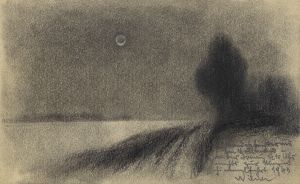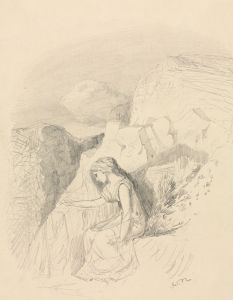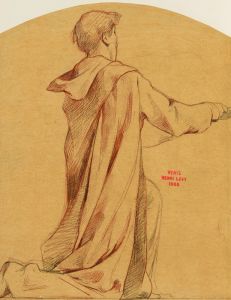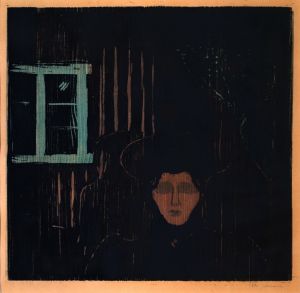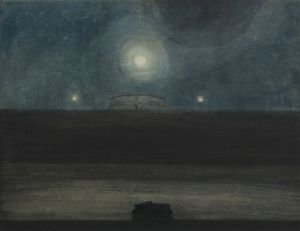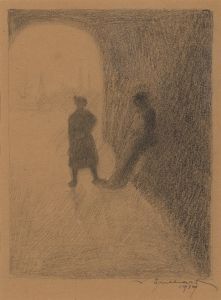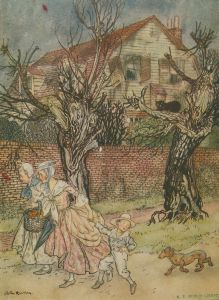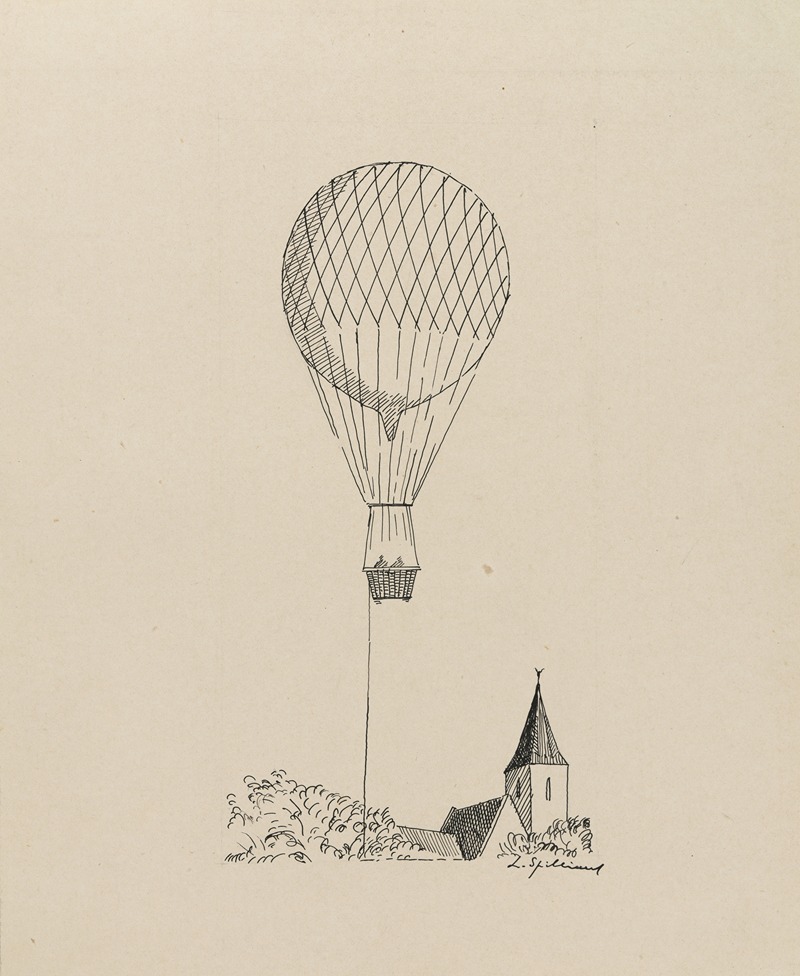
Au temps que Nanette était perdue
A hand-painted replica of Léon Spilliaert’s masterpiece Au temps que Nanette était perdue, meticulously crafted by professional artists to capture the true essence of the original. Each piece is created with museum-quality canvas and rare mineral pigments, carefully painted by experienced artists with delicate brushstrokes and rich, layered colors to perfectly recreate the texture of the original artwork. Unlike machine-printed reproductions, this hand-painted version brings the painting to life, infused with the artist’s emotions and skill in every stroke. Whether for personal collection or home decoration, it instantly elevates the artistic atmosphere of any space.
Léon Spilliaert was a Belgian symbolist painter and graphic artist known for his unique style that often combined elements of symbolism and expressionism. Born in Ostend, Belgium, in 1881, Spilliaert's work is characterized by its introspective nature and often features solitary figures and moody, atmospheric landscapes. His art reflects a deep sense of introspection and existential inquiry, often exploring themes of solitude, melancholy, and the passage of time.
"Au temps que Nanette était perdue" is one of Spilliaert's works, although specific details about this particular piece are not widely documented in art historical records. Spilliaert's oeuvre includes a variety of media, such as watercolor, gouache, and ink, and he is known for his innovative use of light and shadow to create dramatic effects. His works often depict scenes of his native Ostend, capturing the haunting beauty of the coastal town with its windswept beaches and desolate streets.
Spilliaert's art was influenced by a range of sources, including the symbolist movement, literature, and his own personal experiences. He was known to have been influenced by the writings of Edgar Allan Poe and the philosophy of Friedrich Nietzsche, which is reflected in the often dark and contemplative nature of his work. Additionally, Spilliaert's health issues, including chronic stomach pain, contributed to the introspective and sometimes somber tone of his art.
Throughout his career, Spilliaert developed a distinctive style that set him apart from his contemporaries. His use of bold lines, stark contrasts, and a limited color palette often resulted in works that were both visually striking and emotionally resonant. Spilliaert's ability to convey mood and emotion through his art has earned him a lasting place in the canon of early 20th-century European art.
While specific information about "Au temps que Nanette était perdue" is limited, it can be appreciated within the broader context of Spilliaert's body of work. His art continues to be celebrated for its ability to capture the complexities of the human condition and the enigmatic beauty of the world around us. Spilliaert's work is held in high regard and can be found in numerous public and private collections, including major museums in Belgium and beyond.
In summary, Léon Spilliaert remains an important figure in the history of modern art, and his work, including "Au temps que Nanette était perdue," reflects his unique vision and artistic sensibility. His contributions to the symbolist and expressionist movements continue to be studied and appreciated by art historians and enthusiasts alike.





